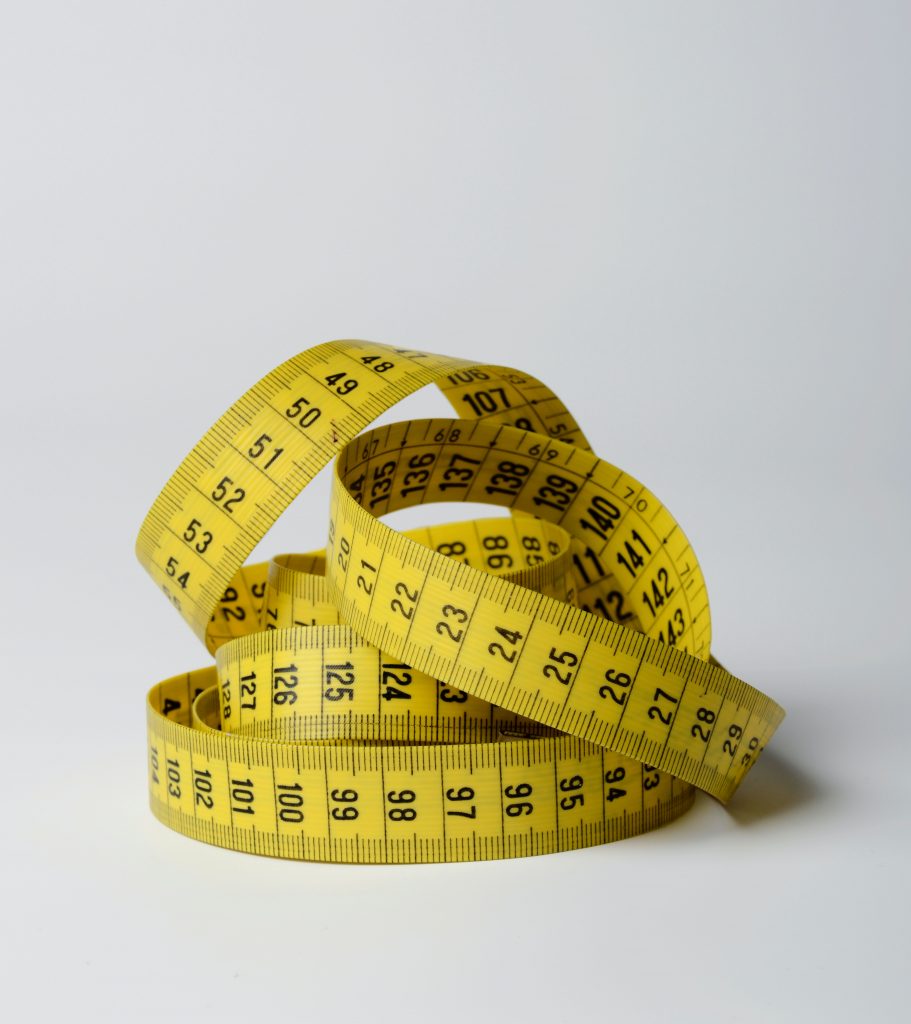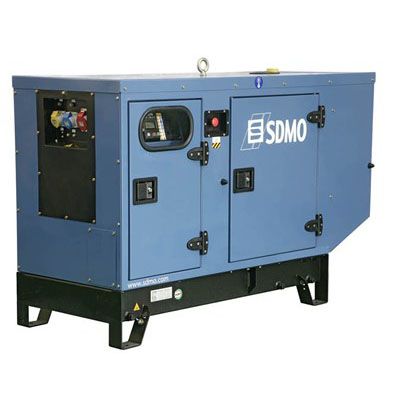
Selecting the right generator size is a crucial step in ensuring you have reliable backup power during outages. Whether you're preparing for unexpected blackouts or planning outdoor adventures, understanding how to calculate your power needs is essential. In this guide, we'll break down the process of determining the appropriate generator size based on the power requirements of different appliances and devices.
Step 1: Make a List of Essential Appliances
Start by listing all the appliances and devices you consider essential during a power outage. Include items such as refrigerators, lights, fans, computers, medical equipment, and heating systems. Categorise them into high-priority essentials and lower-priority comforts.
Step 2: Find Wattage Ratings
Next, locate the wattage ratings for each appliance or device. This information is usually found on a label or in the user manual. Wattage indicates the amount of power an appliance consumes when running.
Step 3: Calculate Total Wattage
Add up the wattage ratings of all the high-priority essentials you listed. This will give you the total wattage required to power these critical items simultaneously. Remember to account for any starting wattage, which can be higher than the running wattage for certain appliances like refrigerators or air conditioners.
Step 4: Consider Starting Wattage
Starting wattage is the extra power required when an appliance starts up. Appliances with motors, like refrigerators and air conditioners, often have a higher starting wattage. Make sure your generator can handle these surges without overloading.
Step 5: Determine Generator Size

Choose a generator size that can handle the total wattage required by your high-priority essentials and any additional devices you want to power. Keep in mind that it's always better to slightly overestimate your needs than to risk underestimating them.
Step 6: Consult a Generator Size Chart
To simplify the process, many generator manufacturers provide size charts that match common appliances with generator sizes. These charts help you quickly find the appropriate generator based on your power requirements.
Step 7: Evaluate Comfort Items
If you have room in your generator's capacity, you can add lower-priority comfort items like TVs, gaming consoles, or small kitchen appliances. Just remember that these items are optional and should not compromise the power supply for your high-priority essentials.
Step 8: Seek Our Professional Advice
If you're unsure about any step or need more accurate calculations, contact us today